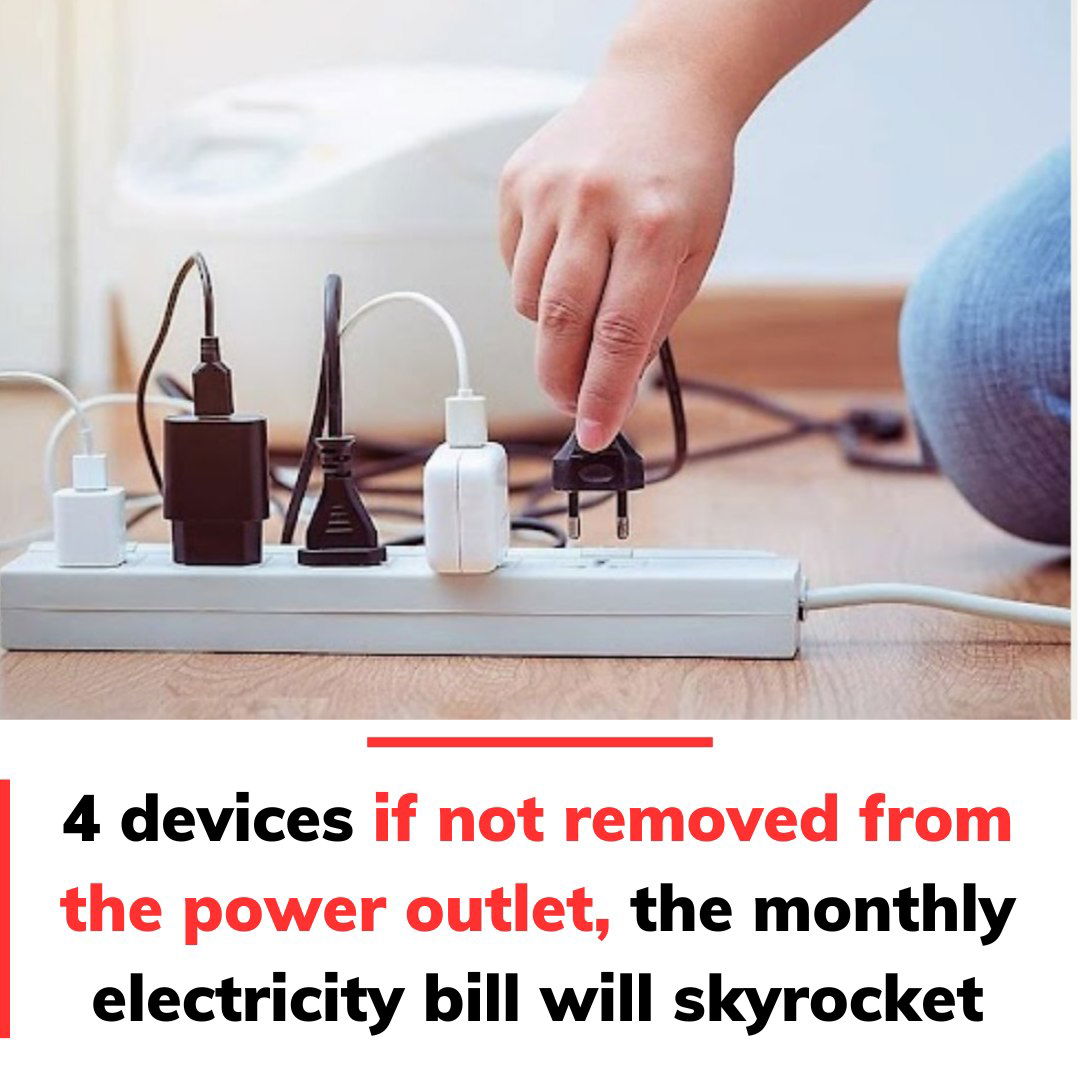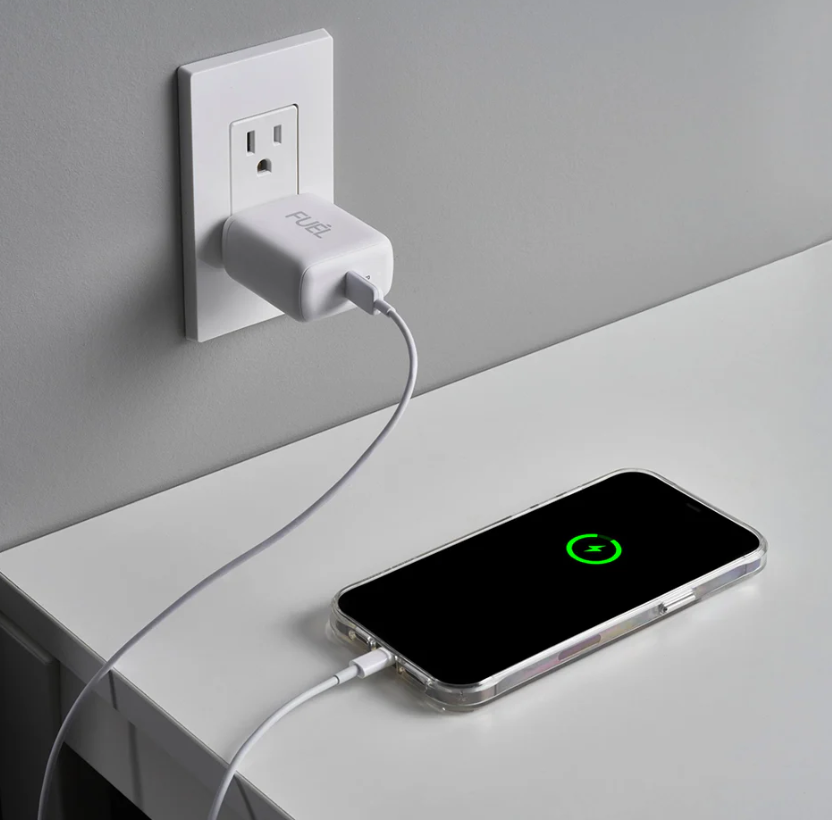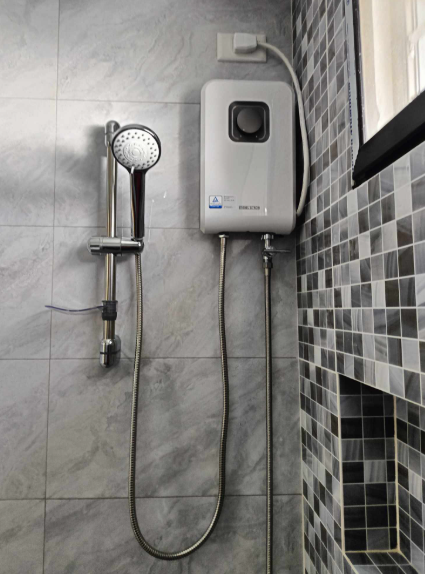
Misjudging the risks associated with overloading a power strip or extension cord can lead to dangerous outcomes. It’s important to know which household appliances should always be plugged directly into a wall socket—not an extension cord—to keep your home and family safe.
The little-known ri.sks of electrical extension cords
Extension cords are undeniably convenient, but they come with risks that shouldn’t be ignored. One major concern is overheating. Plugging in multiple devices at once can push the cord beyond its designed capacity, resulting in potential power failures, equipment damage, or even fires.
Another factor to keep in mind is the condition of your home’s electrical setup. In older or poorly maintained systems, extension cords may not function safely, especially if they’re worn out or hidden behind furniture, raising the chances of electrocution or fire in case of an emergency.
Devices You Should Never Plug Into an Extension Cord
1. Connecting one extension cord to another (a mistake to avoid)
Linking one extension cord to another significantly raises the risk of overloading the circuit. This practice can quickly exceed safe electrical limits and is a frequent cause of household electrical fires.
2. The refrigerator and freezer: energy-consuming appliances
These appliances run constantly and consume significant power. Plugging them into an extension cord can cause voltage drops and power instability, increasing the likelihood of equipment failure or overheating.

3. Large household appliances (washing machine, dryer, oven)
Heavy-duty machines need a stable and robust power supply. Extension cords are not built to handle their energy demands over long periods, making them a fire hazard when used with such appliances.
4. Space heaters and electric radiators
Due to their high energy usage, these devices can overheat an extension cord very quickly. They should always be plugged directly into a wall outlet to minimize fire risk.
5. The coffee maker: a small, energy-consuming appliance
Though small in size, coffee makers draw considerable power when heating water. Adding one to an already-loaded extension cord can easily push the circuit over its limit.
6. The microwave: a demanding appliance for extension cords
Especially those with grilling or convection features, microwaves are high-power appliances. A regular extension cord typically cannot support the energy demand, creating potential for overheating.
7. The toaster: an often underestimated risk
This common kitchen appliance uses a lot of energy in short bursts. Plugging a toaster into an extension cord increases the risk of short circuits and electrical fires.

How to Use Extension Cords Safely
If you must use an extension cord, take these precautions to minimize the risk:
- Know its capacity and never plug in devices that exceed its limit.
- Avoid high-power appliances—plug them directly into wall outlets.
- Replace old or damaged cords and avoid using cords with visible wear and tear.
- Ensure proper ventilation by keeping cords out from under rugs, furniture, or curtains.
- Unplug when not in use to reduce fire risk and save energy.
- Install smoke detectors and have your electrical system inspected periodically for safety.
Have you ever used one of these high-power appliances with an extension cord? Now’s the time to assess your setup and make the necessary changes. Safety starts with awareness—protect your home before problems arise.
4 devices if not removed from the power outlet

Typically, there are devices that a lot of families never unplug from the power outlet to cut off the power supply. Many people thinks that this is very normal and if we do not use the device but keep it plugged in, it will not waste electricity. This point of view is completely wrong!
According to the experience shared by long-time electricians, one of the common causes of wasting electricity is not unplugging electrical appliances when not in use. The electrician warns that the 4 devices below are the ones that everyone should consider immediately to save electricity effectively!
1. The TV
The more modern the smart TV is, the more electricity it can consume to maintain the network connection. So unplugging the TV when not in use is an economical and energy-saving way.
The TV is not completely turned off although we have pressed the Off button on the remote control. Even if not used, if the plug is not unplugged, the TV is still in standby mode, there is always an electric current running inside to maintain functions such as timer, software update, channel memory, etc.
2. A phone charger

Even if not connected to the phone, the charger continues to consume a small amount of electricity if plugged into an outlet. Though this amount of electricity is not large, if calculated in total over a long period of time, it will contribute to increasing electricity costs.
Hanging the charger, on the other hand, is quite dangerous because you can easily get an electric sh0ck if you touch it. Placing the charger with the current on a pillow or blanket can also easily lead to a fire due to electric leakage. So we should form the habit of unplugging the charger when not in use, not only to save electricity but also to prolong the life of the charger.
3. The water heater
The water heater should be disconnected from the power source if not in use
The frequency of hot water use is very low especially in the summer. If you turn on the water heater to keep warm, it will waste much electricity. Therefore, if you do not need it, you should unplug the water heater, this action will help save some electricity.
The water heater’s structure allows you to keep the water temperature at all times by simply turning it on. It sounds very convenient because we can use hot water at any time. However, in fact, the water heater continues to consume electricity during the heat preservation process, consuming electricity all day long.

4. The air conditioner
A lot of people have the habit of leaving the air conditioner in standby mode for convenient use next time, yet this means that the air conditioner still consumes electricity even when not in use. On the other hand, if the power is turned off, this device is always in standby mode, the indicator light is always on, which consumes electricity.
Therefore, in the seasons when you do not use the air conditioner, it is advisable to unplug it to save more as well as let the device “rest”, prolonging its life.

















